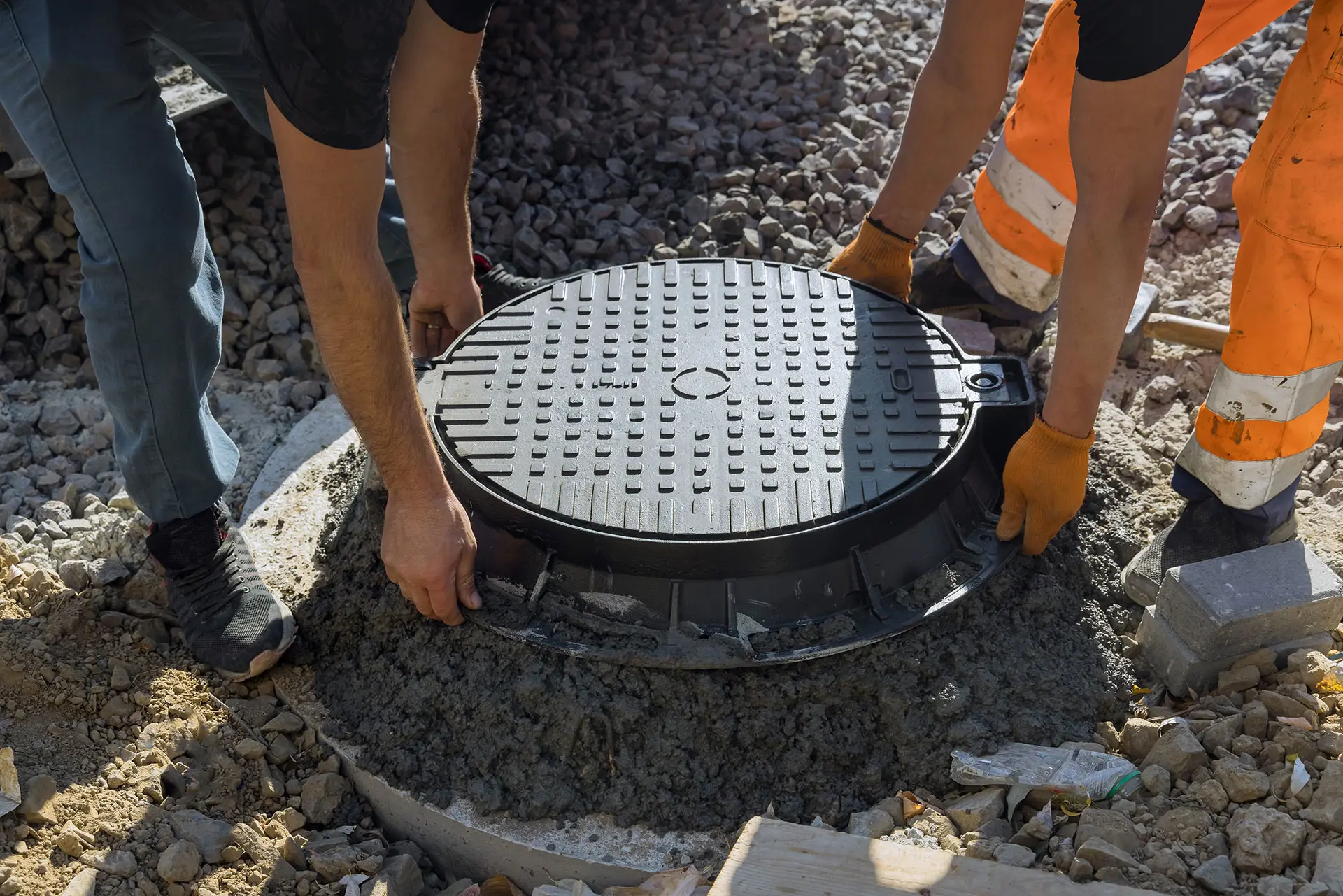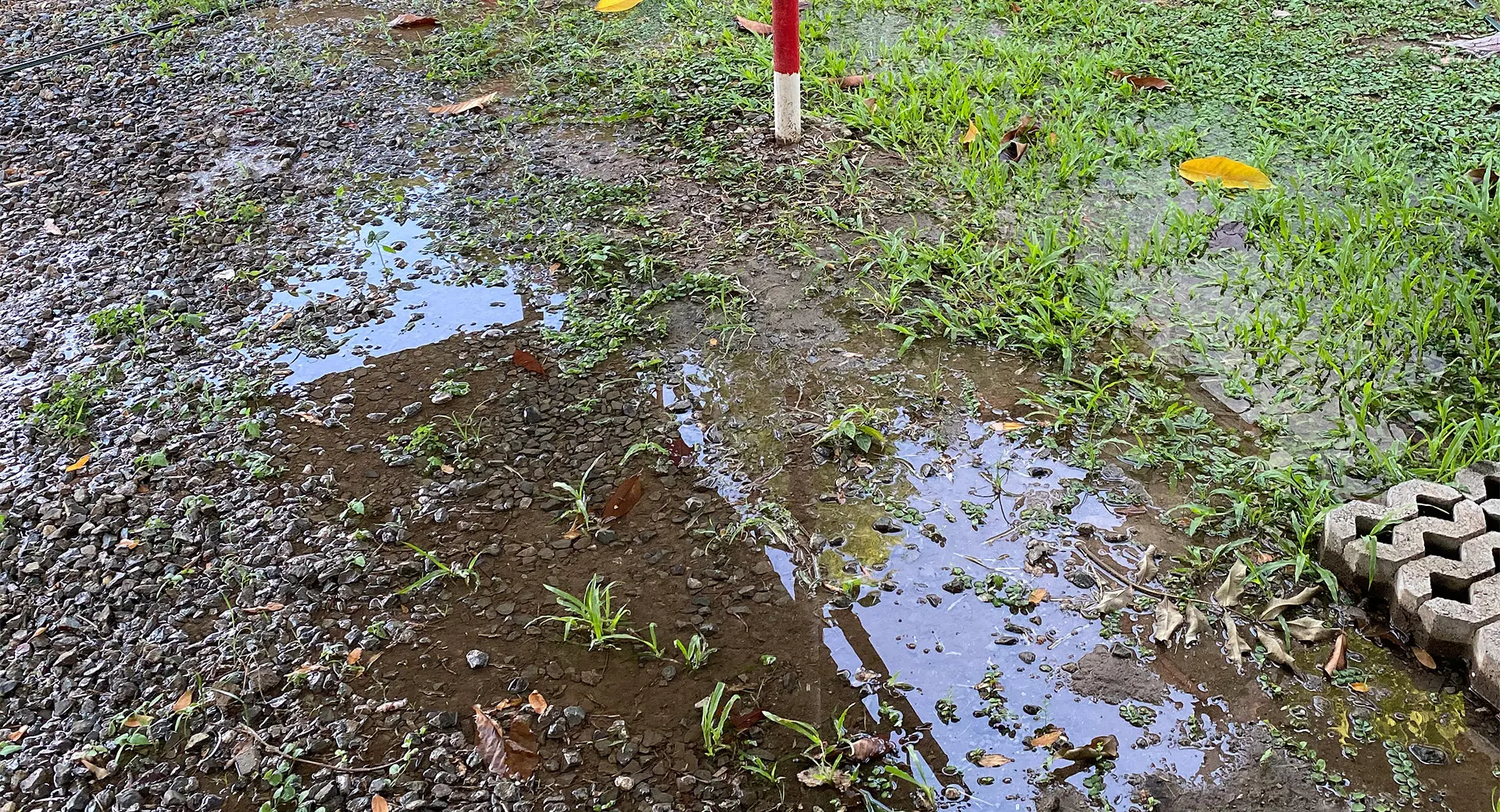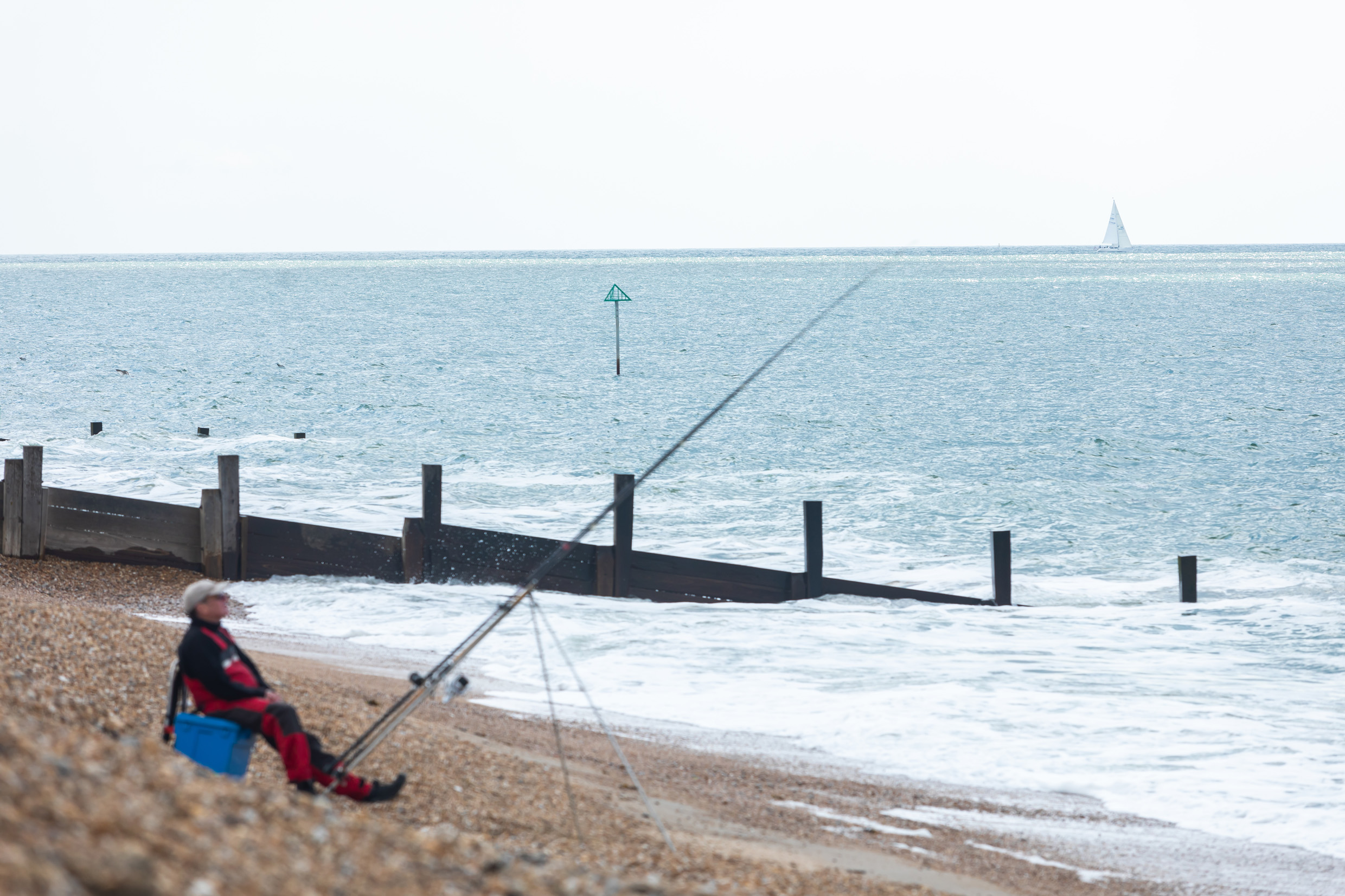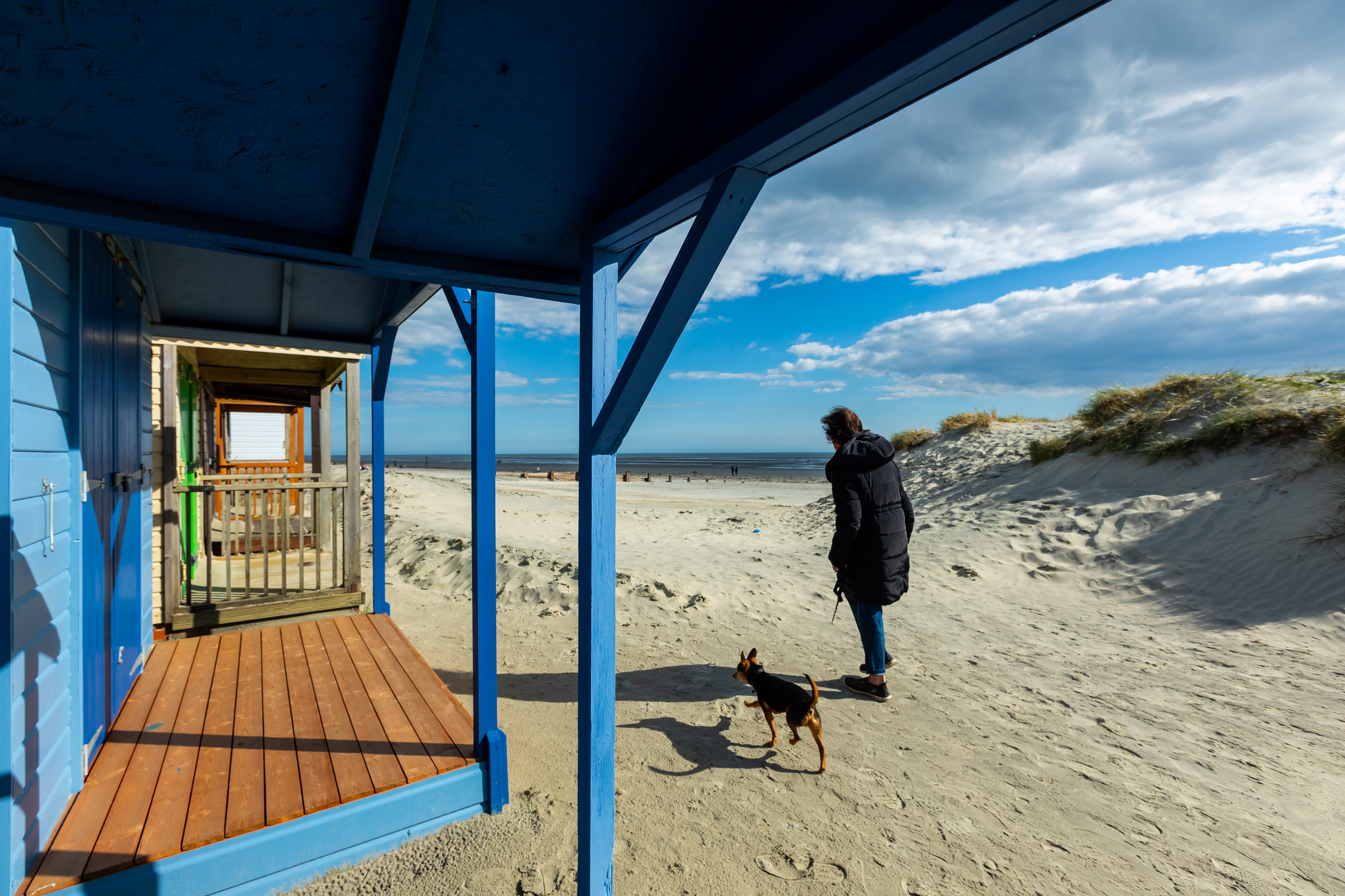Pathfinder projects
Our Pathfinder projects aim to reduce the use of storm overflows in our region. You can find out more and view our current projects here.
What is a pathfinder project?
Our Pathfinder projects allow us to trial solutions in a community to reduce nearby storm overflows. The most efficient and sustainable way to do this is to slow the amount of surface water entering our sewer and prevent groundwater infiltration.
During periods of heavy rain, excess surface water (rainwater) can begin to overwhelm our sewer network. Groundwater also plays a part, seeping into our pipes underground. To avoid this extra water backing up into home and businesses, we use pressure relief valves known as storm overflows to release it.
Our Clean Rivers and Seas Task Force are committed to reducing how much we use storm overflows, delivering several pathfinder projects in the next two years (until March 2025).
What causes storm overflows?
Rainwater
After detailed insight and surveying of the area, we decide which solutions to roll out where rainwater is the main cause of storm overflows
- Optimisation - reconfiguring our permits and existing sites to help us reduce storm overflows
- Illegal connections - redirecting surface water that has been misconnected into the foul/combined sewer
- Household SuDS - rolling out ‘slow the flow’ measures at scale on properties in our catchments
- Non-household SuDS - targeting large roof areas with ‘slow the flow’ measures to deliver impact
- Highway schemes - large amounts of surface water come from public highways, influencing the design of placemaking schemes will be an essential part of the solution
- Separating surface water - where possible, reconnecting roof gutters and downpipes to the surface water sewer from the combined sewer.

Groundwater infiltration
Groundwater is the water found underground in the cracks and spaces in soil, sand and rock. Groundwater infiltration is when water from the ground squeezes its way into the system through underground public or private pipework.
If the system is filled with groundwater then there is less space for rain and wastewater, so the sewer system is more likely to become overwhelmed when it rains. Some of the solutions we're rolling out to reduce groundwater infiltration are:
- Relining and sealing sewers to prevent excess groundwater getting in.
- Monitoring with temperature sensors, boreholes and pipe cameras.
- Constructing wetlands to safely soak up, hold and pre-treat excess water.

How do the projects work?
Our pathfinder projects
We've identified three key focus areas to carry out our pathfinder projects. These areas pose complex challenges and have a higher volume of
storm overflow releases. They're also areas that need an innovative approach to tackling local wastewater treatment issues.








